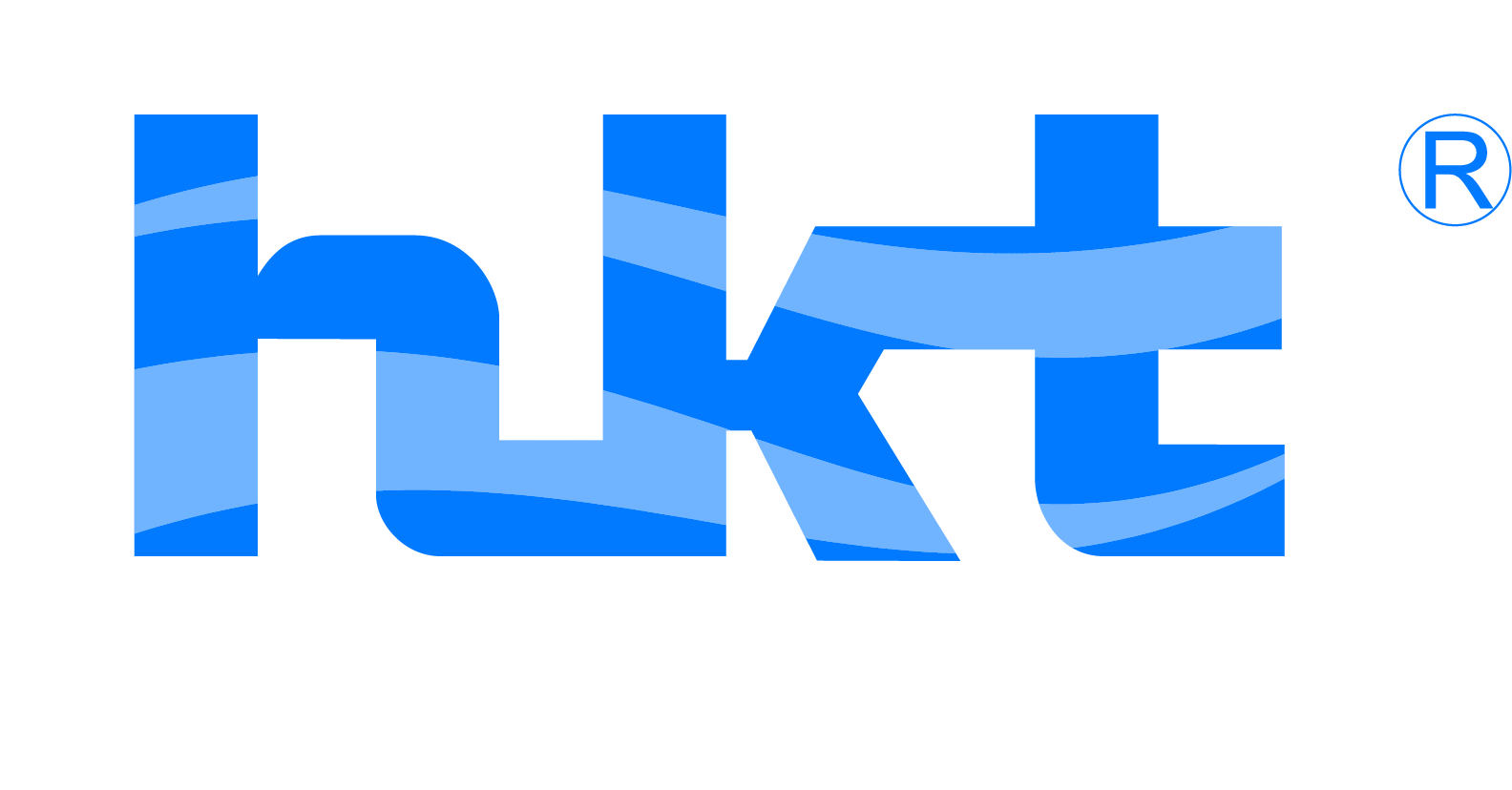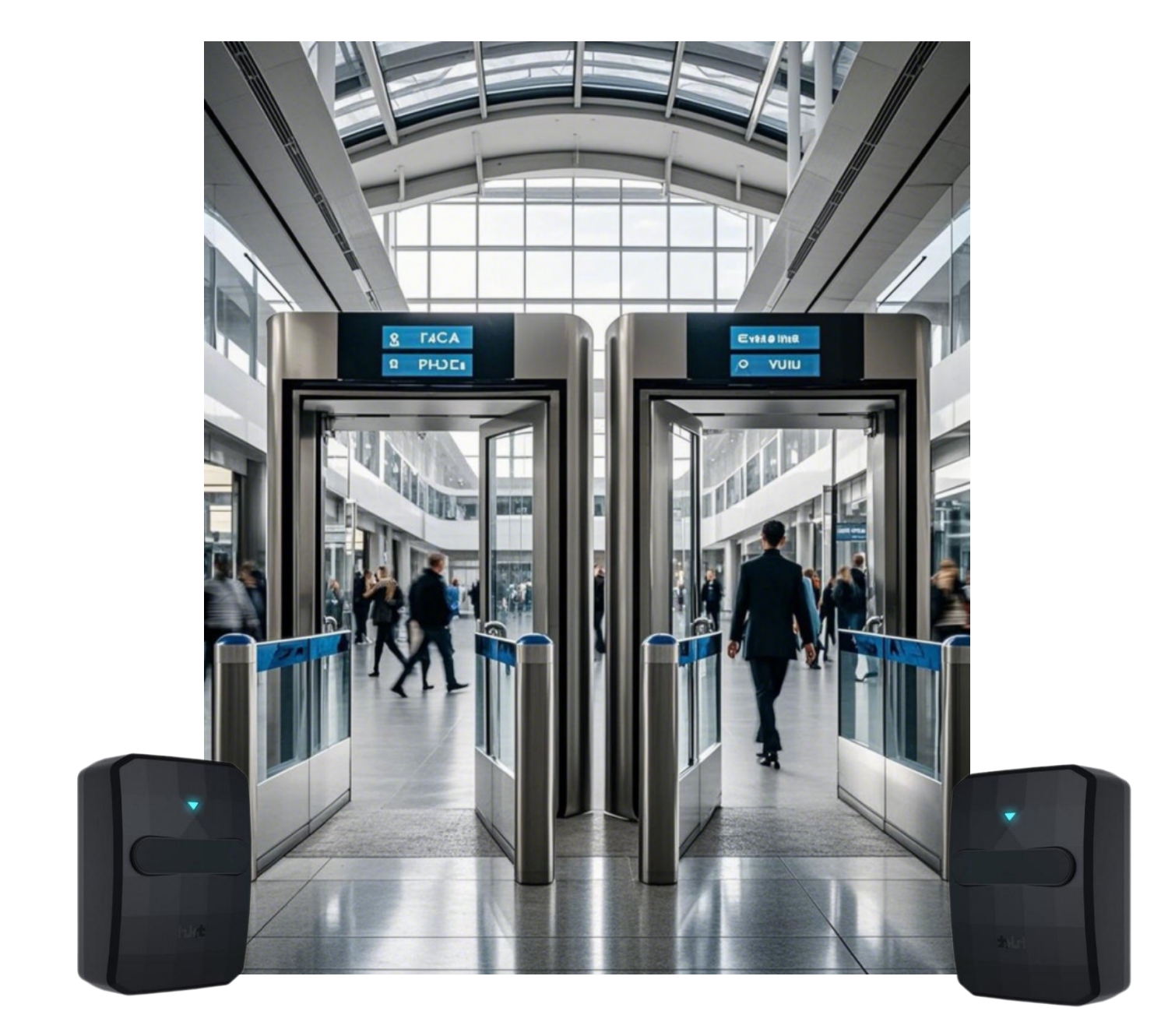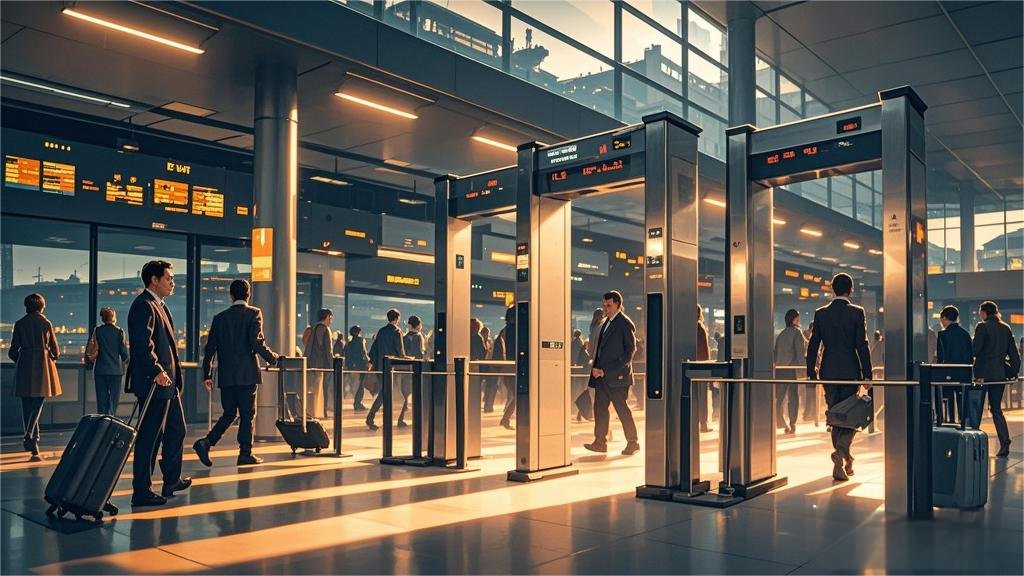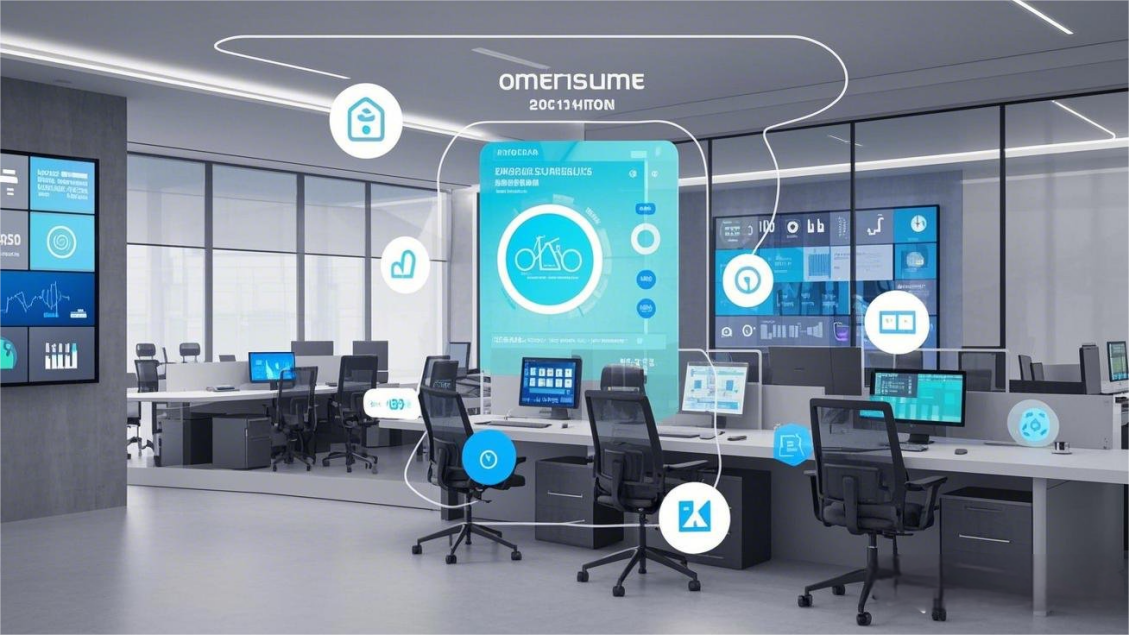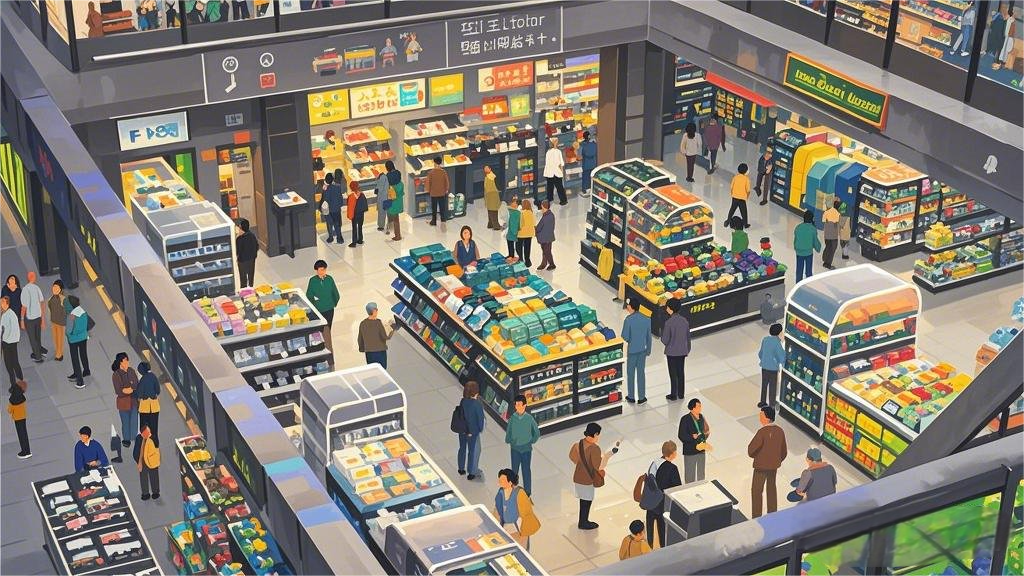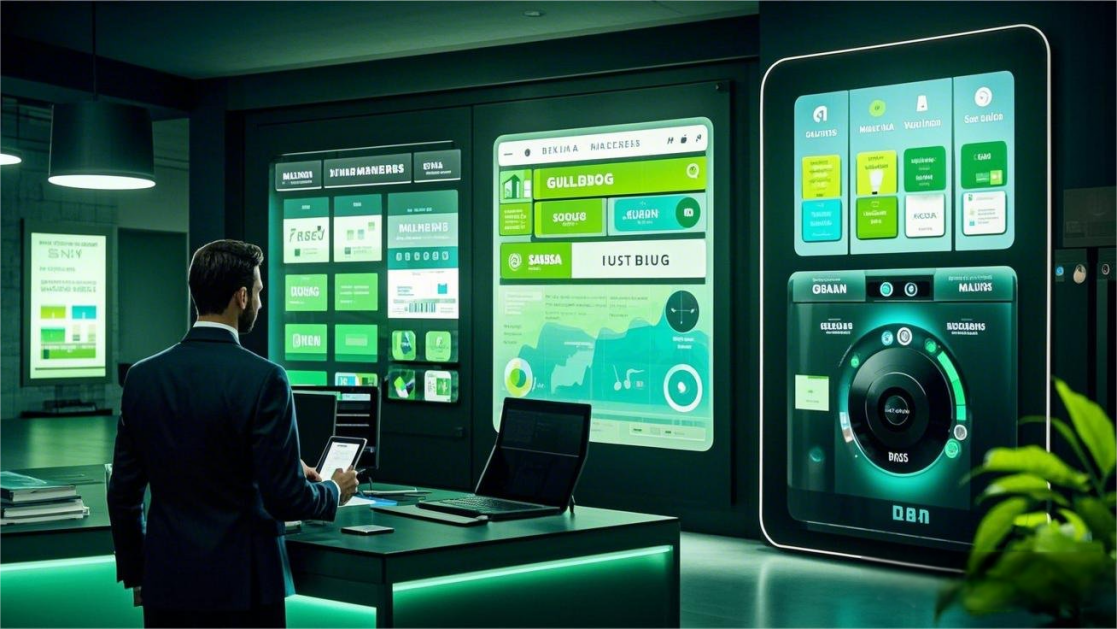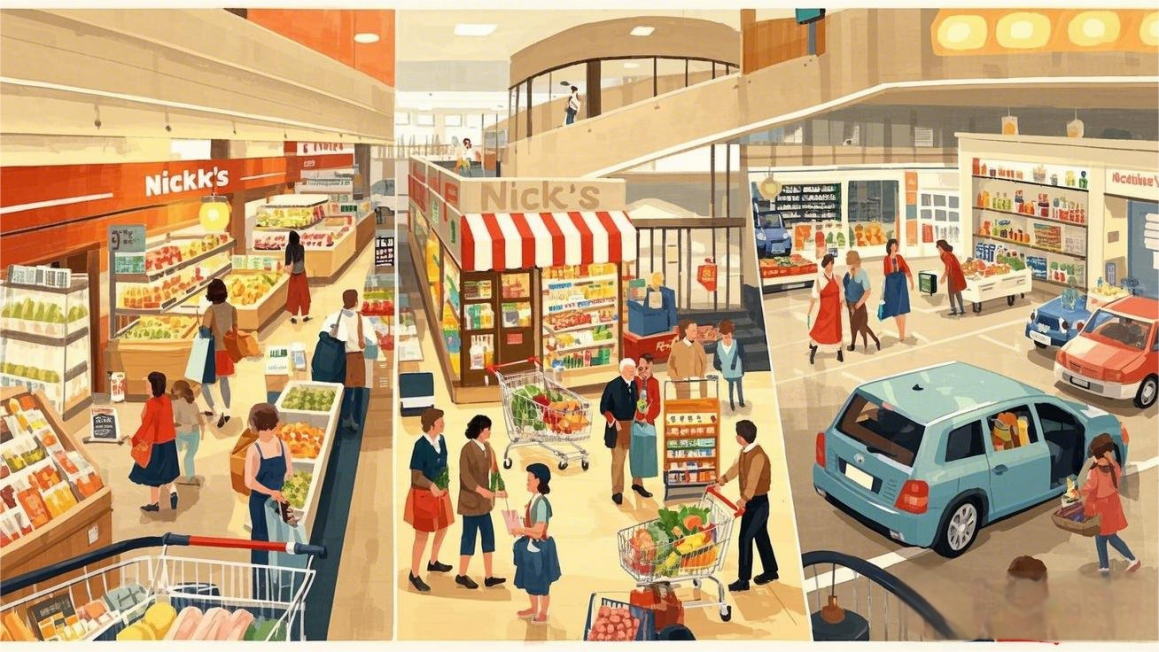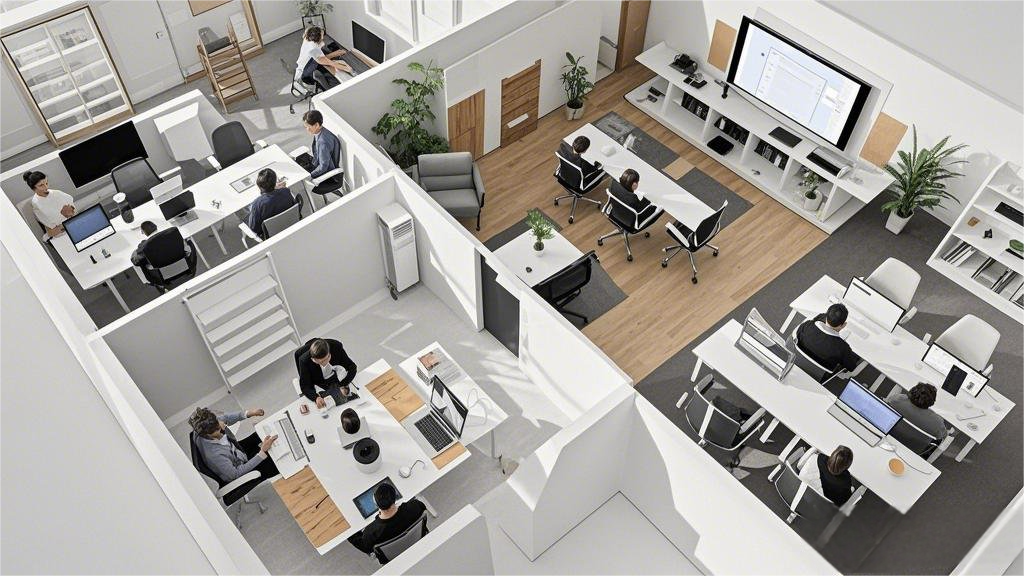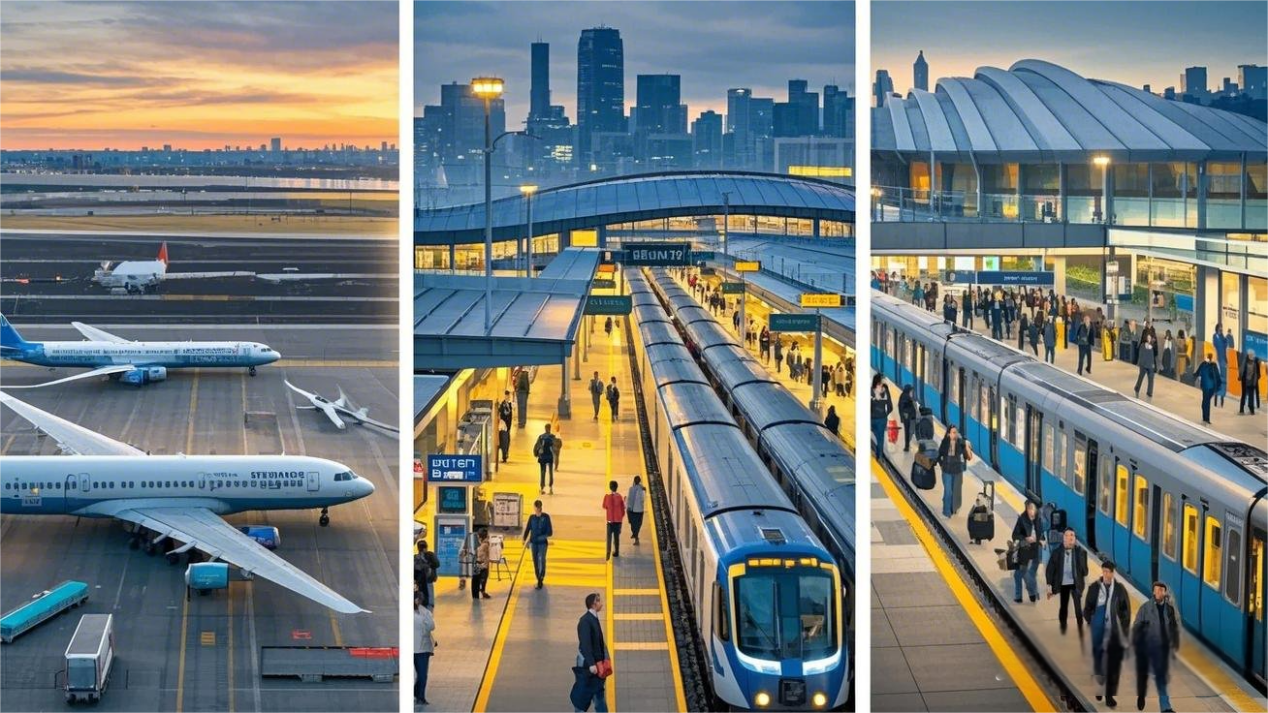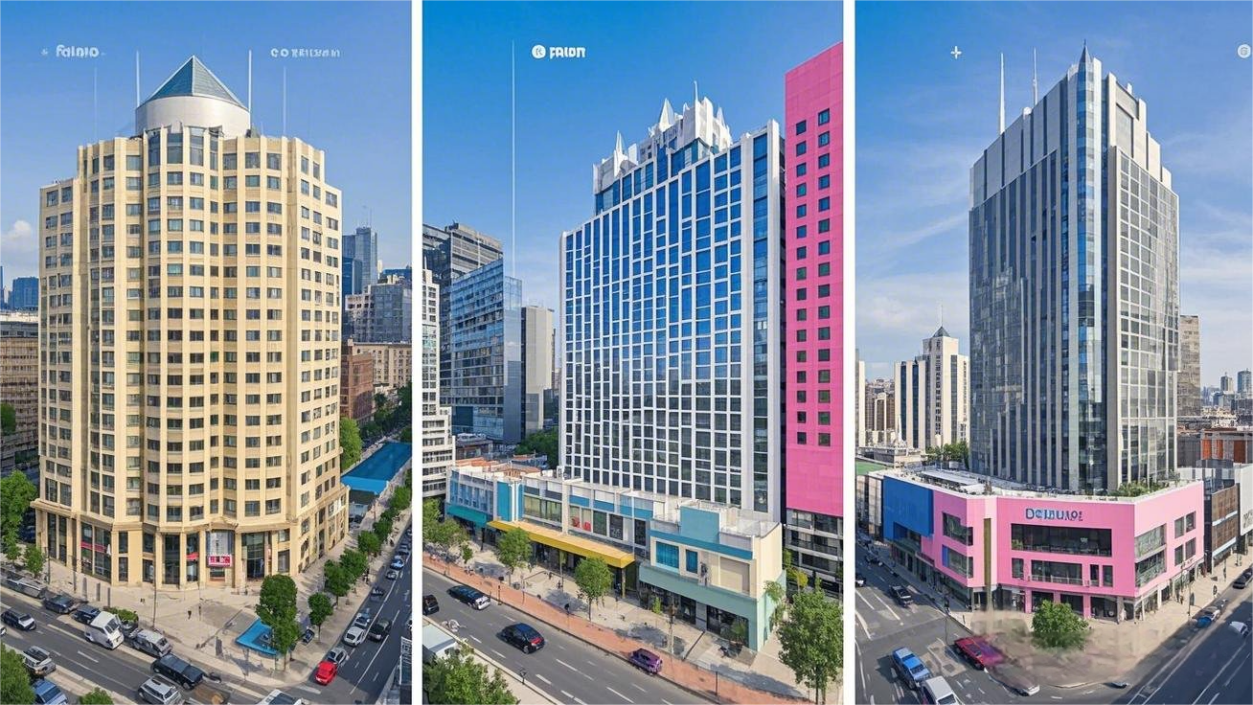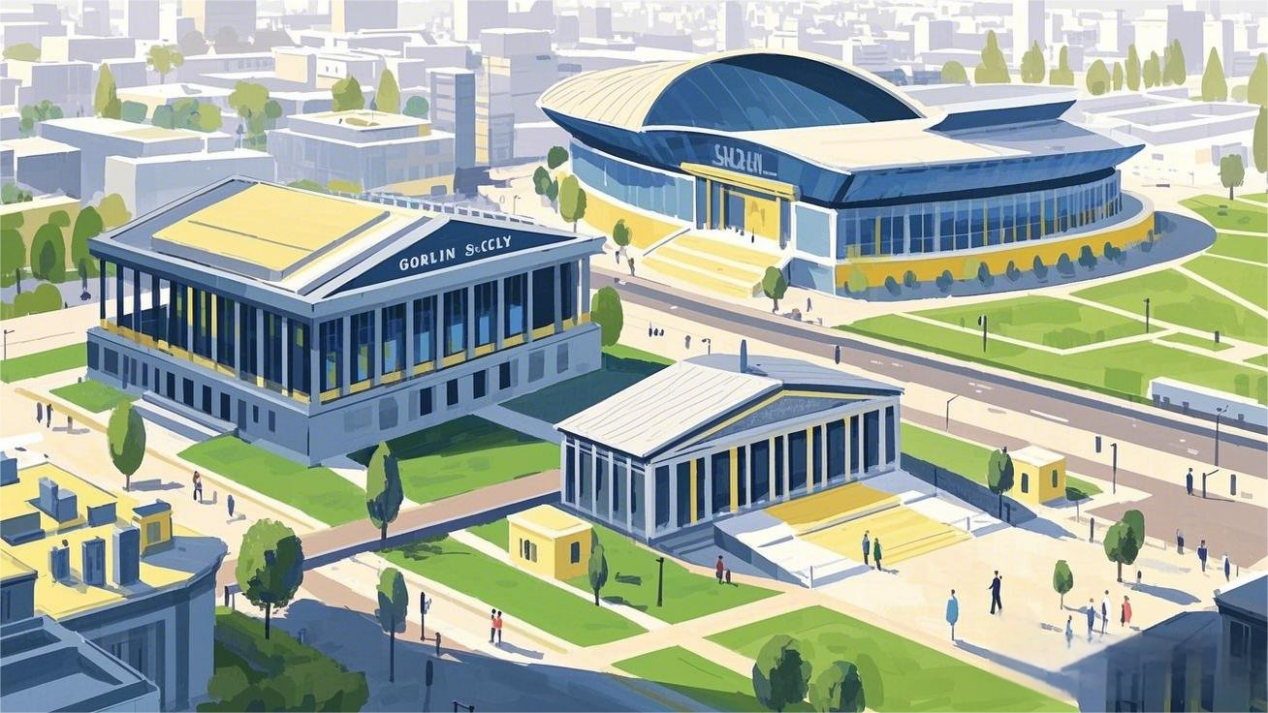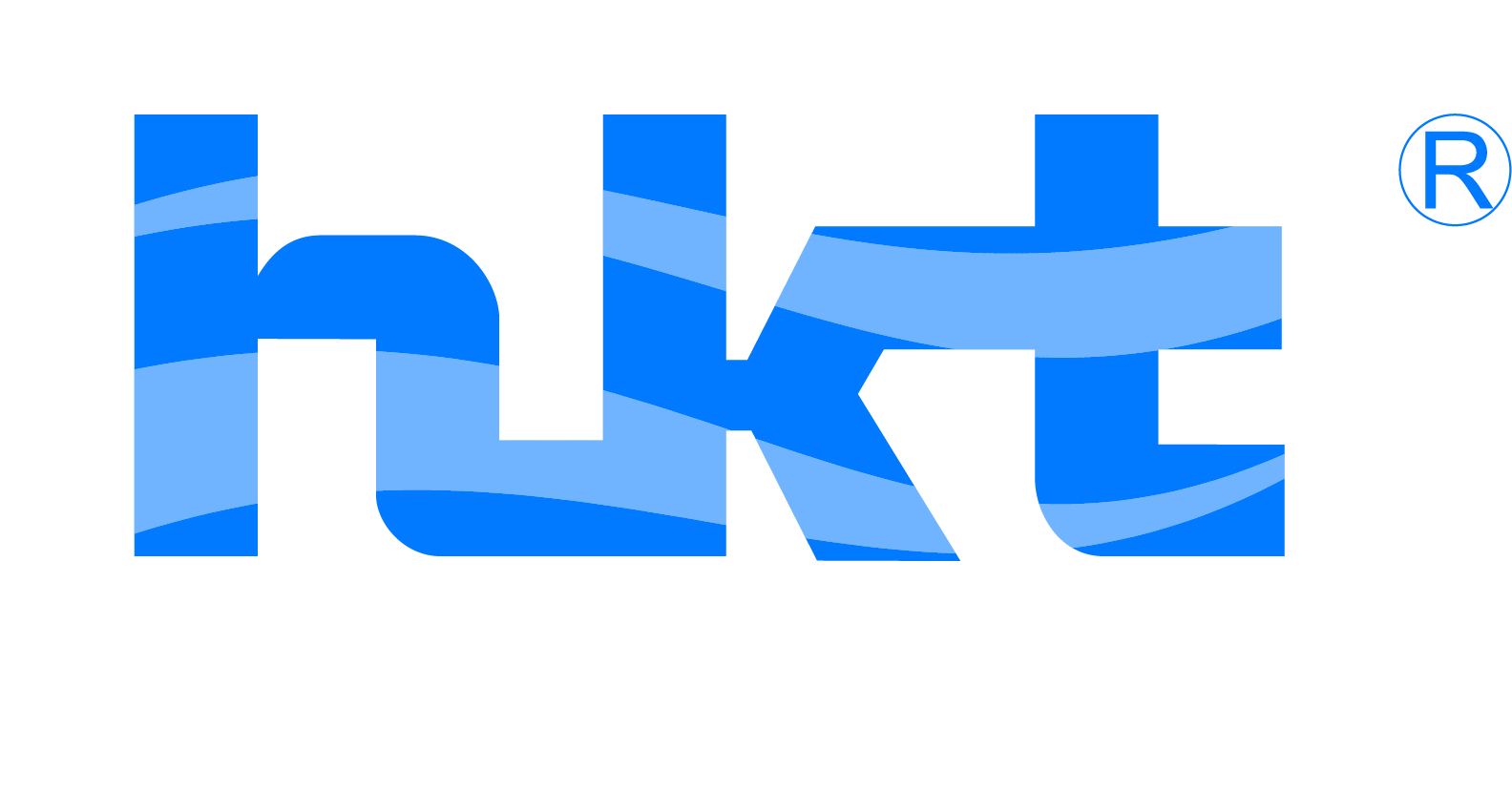1. What is Crowd Flow Monitoring?
Crowd flow monitoring solutions utilize people counting devices to provide real-time statistics on the number of people and their movement directions within a specific area. These solutions accurately capture data such as the number of people entering and exiting a space and the density of distribution. People counting is not just about simple numerical statistics; it is a crucial tool for optimizing management and services through data insights.
2. Why is Crowd Flow Monitoring Necessary?
Crowd flow monitoring plays a vital role in modern management and operations, with its core value reflected in the following aspects:
Optimizing Space Utilization
By providing real-time statistics on the number and distribution of people, managers can understand the efficiency of space usage, plan layouts reasonably, and avoid resource wastage. For example, in office environments, people counting can help optimize the allocation of meeting rooms and workstations; in retail settings, it can assist in adjusting product displays to boost sales.
Enhancing Operational Efficiency
Crowd flow data helps managers identify peak times and high-traffic areas, enabling the rational allocation of human resources. For instance, in transportation hubs, the number of security check channels can be dynamically adjusted based on passenger flow; in shopping malls, the arrangement of cash registers and customer service staff can be optimized to reduce customer wait times.
Saving Energy Costs
With crowd flow data, smart buildings can automatically adjust the operation of lighting, air conditioning, and other equipment. For example, when an area is unoccupied, the system can automatically turn off lights and air conditioning, thereby reducing energy consumption and achieving green energy savings.
Data-Driven Decision Making
Long-term crowd flow monitoring data helps businesses analyze trends, identify popular and less popular areas, and provide a scientific basis for business decisions. For example, retail stores can adjust promotional strategies based on customer flow data to improve conversion rates; educational institutions can optimize class schedules based on classroom usage rates.
Improving User Experience
By monitoring crowd flow and space occupancy in real-time, managers can take timely measures to enhance user experience. For instance, in public spaces, restroom cleaning frequency can be optimized based on foot traffic data; in transportation hubs, passenger guidance strategies can be dynamically adjusted to reduce congestion.
3. Which Scenarios Require Crowd Flow Monitoring?
Crowd flow monitoring technology is widely used in various fields. Here are some typical scenarios:
Retail
In malls, supermarkets, and retail stores, crowd flow monitoring helps track customer traffic, analyze customer behavior, and optimize product displays and promotional strategies. For example, by analyzing foot traffic in different areas, the placement of products can be adjusted to increase sales.
Office
In office environments, crowd flow monitoring can track the usage of meeting rooms, workstations, and common areas, helping to optimize space allocation and resource scheduling. For instance, by monitoring meeting room occupancy rates, meeting times can be arranged more efficiently to avoid resource wastage.
Education
In schools and universities, crowd flow monitoring can be used to track the usage of libraries, classrooms, and laboratories, aiding in the optimization of resource allocation. For example, by analyzing classroom usage rates, class schedules can be adjusted to improve teaching efficiency.
Transportation
In transportation hubs such as airports, train stations, and subway stations, crowd flow monitoring can track passenger flow, helping to optimize operational management. For instance, by providing real-time passenger counts, the number of security check channels and train frequencies can be dynamically adjusted to enhance passenger experience.
Smart Buildings
In smart buildings such as office towers, hotels, and shopping centers, crowd flow monitoring can help optimize space management, energy consumption, and equipment scheduling. For example, by monitoring foot traffic in real-time, lighting and air conditioning systems can be automatically adjusted to achieve energy savings.
Public Spaces
In public spaces such as museums, exhibition halls, and sports stadiums, people counting helps managers understand visitor distribution and behavior, optimizing service strategies. For example, by analyzing visitor dwell times, exhibit layouts can be adjusted to improve the visitor experience.
4. Core Product for Crowd Flow Monitoring: HKT People Counting Sensor
The HKT People Counting Sensor, with its advanced technology and diverse functionalities, provides a comprehensive crowd flow monitoring solution. Its core values include:
High Accuracy Counting
Utilizing AI and PIR (Passive Infrared) technologies, the HKT People Counting Sensor offers high counting accuracy, meeting the demands of high-requirement application scenarios.
Privacy Protection
The sensor employs 100% anonymous detection technology, complies with GDPR standards, ensures user privacy security, and eliminates concerns about personal information leakage.
Flexible Deployment
Using standard LoRaWAN® wireless transmission and powered by lithium batteries with a lifespan of over one year, the sensor can be quickly and flexibly deployed in various scenarios to meet different needs.
Smart Analysis
Through open APIs and MQTT/HTTP(s) protocols, the sensor can easily integrate with third-party platforms, providing real-time and historical data analysis to help users achieve intelligent management (e.g., AWS).
5. Summary
Crowd flow monitoring is not only a fundamental tool for intelligent management but also a key technology for enhancing efficiency and optimizing experiences. Crowd flow monitoring solutions provide precise data support and intelligent management solutions for various scenarios such as retail, office, education, and transportation. Whether it’s optimizing space utilization, enhancing operational efficiency, saving energy costs, or improving user experience, these solutions create significant value for users, helping to achieve the goals of intelligent management.

